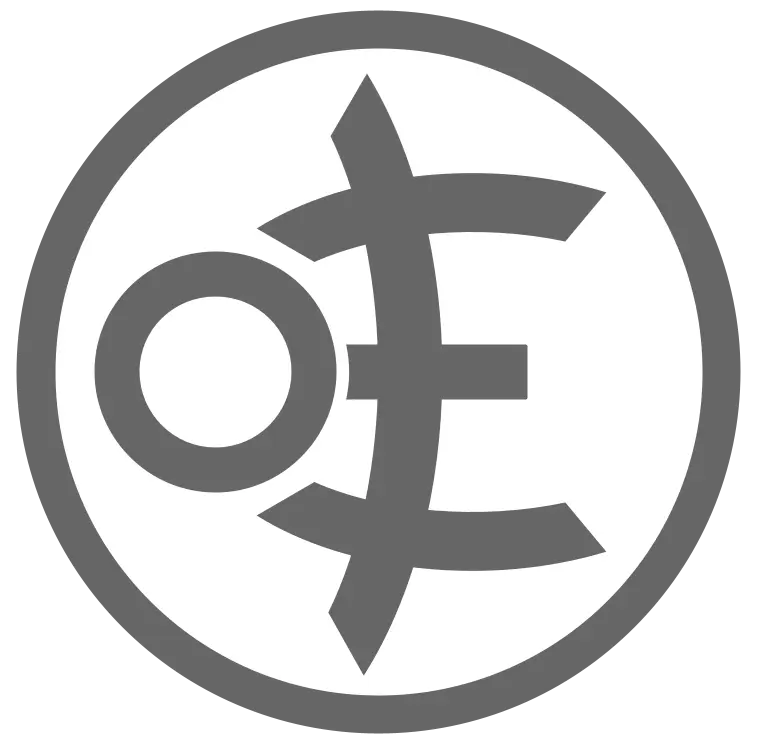

Hmm… so an approach that would have gotten Rodeo’s point across better might have been to say,
“so anarchy is just another name for the purest form of democracy.”
Because democracy is such a broad word that it is occasionally applied to the United States, despite the CIA’s history of coups and the FBI’s history of extrajudicial assassinations of citizens.








Something tells me T-Mobile’s got a little too much class solidarity to have any interest in reducing the profits of Charter Communications.